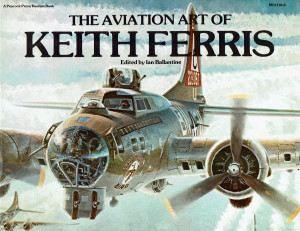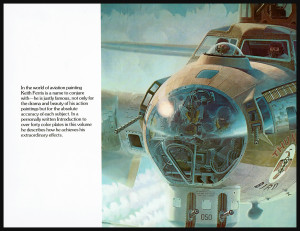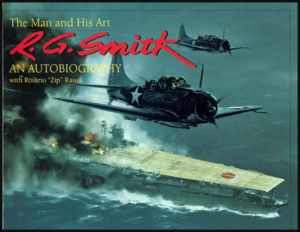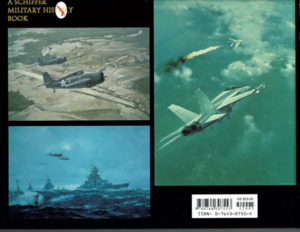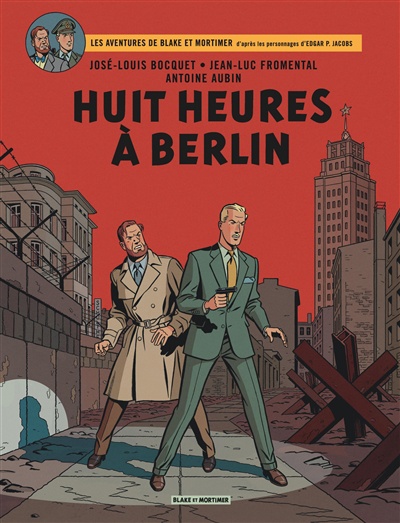
This new album of Blake and Mortimer adventures has received excellent comments from the faithful readers. It is the first time that José-Louis Bocquet, Jean-Luc Fromental and Antoine Aubin work together and they make a great team.
For several years, the combinations of authors and artists have followed one another to ensure a constant rhythm of publication, that is to say, one comic book of Blake and Mortimer per year.
For Dargaud-Lombard, this is a significant source of revenue, as the series has had a worldwide following for several decades.
“Eight Hours in Berlin” plunges us into the Cold War, at the time the Berlin Wall was just built. Older readers will be familiar with the events surrounding the construction of the wall, but for younger readers it will generally be a first but accessible approach to this period.
Everything is well thought through in this album: there are notions of history and politics, period reconstructions of the exterior architecture, beautifully designed furniture, superb vehicles and the colors are judiciously chosen by Laurence Croix.
The scenario brings us between Germany and the former communist bloc countries. As we progress in the story, we walk through a tunnel created at the time by the West to listen to the conversations taking place in East Berlin, we enter an old asylum supposedly abandoned long ago, etc. Moreover, as always in this comic book, the mixture between reality and science fiction adds to the interest.
The authors try to rejuvenate the old Mortimer a little without losing the fans along the way. The women get a positive or a negative role but they are no longer handbags holding potiches. It’s hard to imagine that we would have ever seen a nude on a garage calendar in an album of this series. What a scandal! It wouldn’t have been accepted at the time Edgar P. Jacobs wrote his first album, after having worked with Hergé for the Tintin albums…
In short, this twenty-ninth album of the series is a great success. It is obvious that this trio of creators will be entrusted with other albums.
Click on the link for other graphic novels and comic books on my blog.
Title: The adventures of Blake and Mortimer: Eight hours in Berlin
Authors: José-Louis Bocquet, Jean-Luc Fromental and Antoine Aubin
Edition : Éditions Blake et Mortimer/Studio Jacobs (Dargaud-Lombard s.a.)
© 2022
ISBN : 9781800440852
